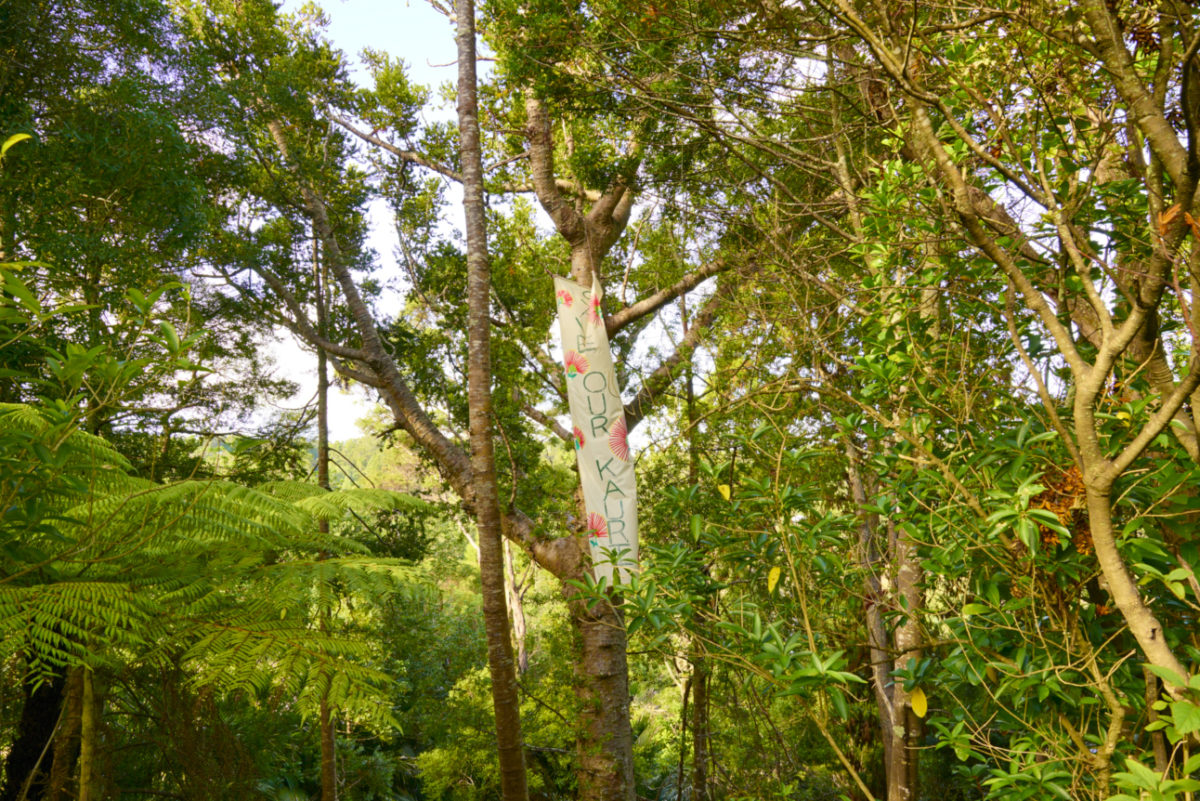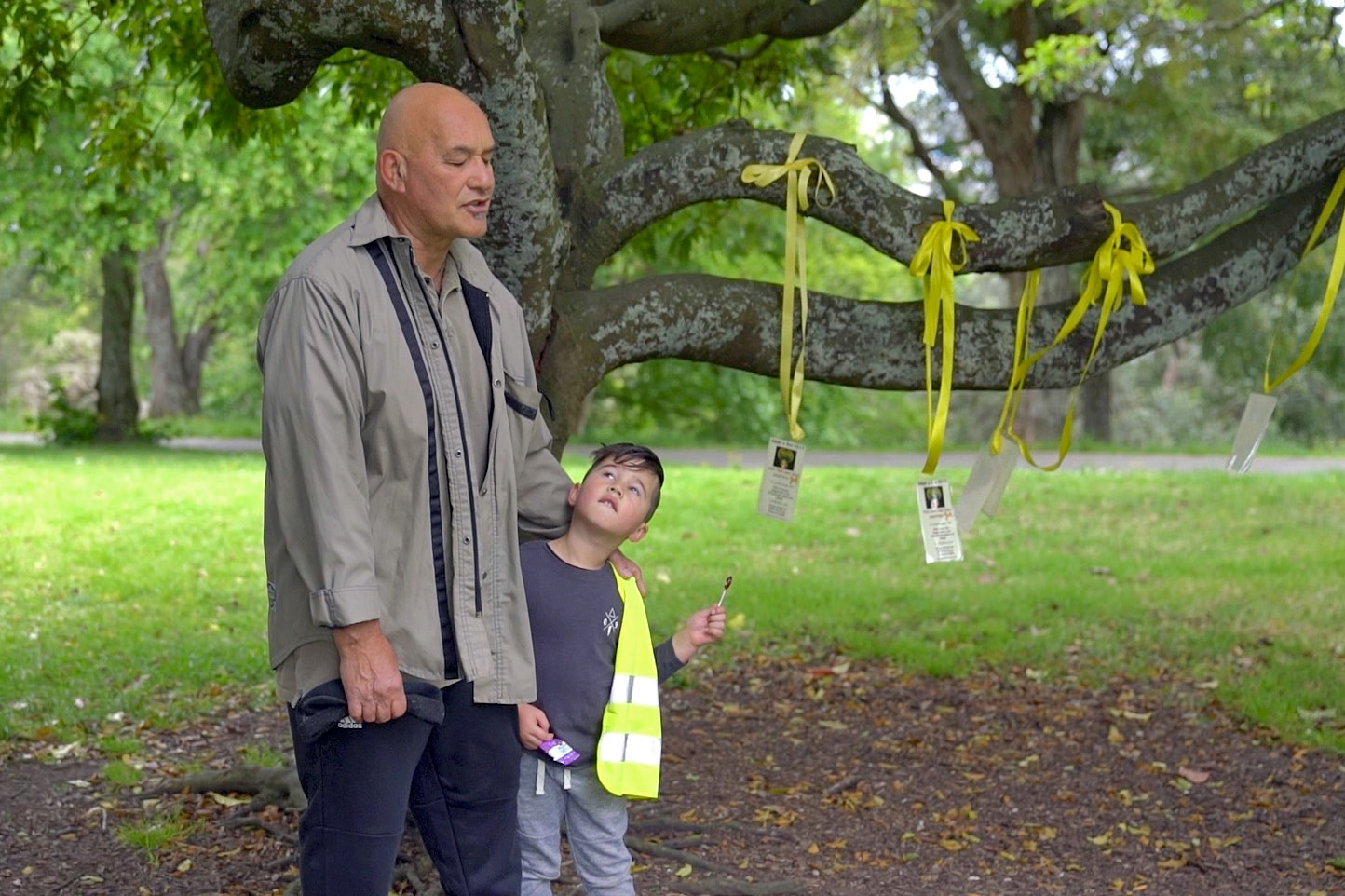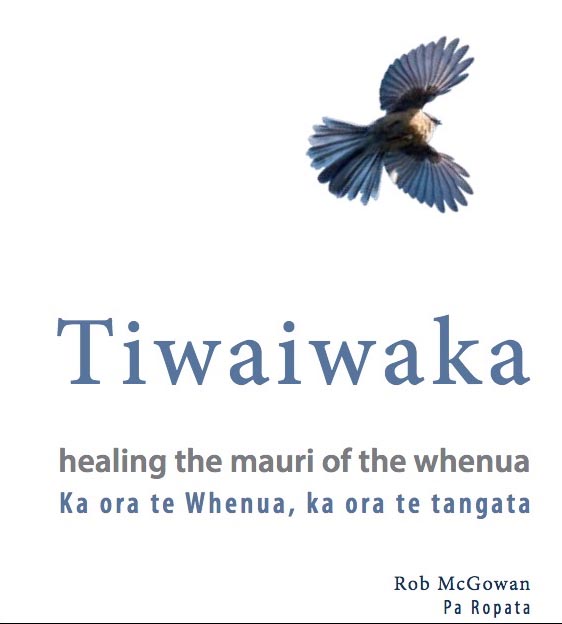This post extracts choice bits from ‘The Ecological, Environmental and Economic Benefits of Exotic Conifers‘ by Owen Springford (BFSc) published in Landscape.org.nz which is gratefully acknowledged. Please visit Landscape.org.nz to read a great deal of useful information.
Note: Hieracium is commonly known as hawkweed. Minor typographic corrections applied.
“Conservation will only ever be second fiddle to the other priorities of the Government of the day. Consequently, the status quo, comprising the neglect of 80% of the conservation estate, will continue with large numbers of taxa nudging ever closer to extinction.”
“Wilding forests could hold the key to an unprecedented restoration of native flora and fauna in the Department of Conservation (DoC) estate and beyond. However, it comes with the requirement for major shift in thinking by the both Government and DoC. Firstly, the Government needs to ring-fence revenue earned from the conservation estate to the maintenance and improvement of the estate rather than all monies going to the consolidated fund as does now. Secondly, DoC will need to change the deeply ingrained ideology that it has in respect of the place of forests containing non-indigenous species.”
1. WHY NATURALLY GENERATING EXOTIC FORESTS DEVELOP ON DEGRADED RANGELAND
“The critical agents that conspire against native forest succession and retention are; grazing animals, the animals that destroy the birds that disperse forest species, and exotic grasses. Exotic grasses are particularly antagonistic to native forest species for two reasons. They support grazing animals and the mycorrhizae (root fungi) associations of grasses appear to be highly effective at preventing native forest species to grow, …”
“Under a healthy native forest ecosystem, if exotic conifers are present, they have great difficulty continuing with succession. This is because they are not specifically adapted to the NZ environment. When they do persist then there is invariably some ecological agent involved for example high pig populations that till up the soil and allow these exotics to re-seed.”
“Many exotic conifers that are in NZ evolved to exploit the opportunity created by the retreat of the North American ice sheets before soils had formed and in the presence of grazing animals. In NZ, these exotic conifers have found a situation that closely resembles the environment they evolved in. A situation created by a century and a half of gross land mismanagement. These conifers then set about to undo this damage by firstly increasing soil carbon or organic matter in the soil. … the exotic conifers build a cradle for fertility and then fill that cradle with nutrients.”
“Walking through these areas, especially in spring, it is clear to see the halo of fertility that is developing around each tree with exotic grasses and clover growing. Native birds, particularly fantails, are quick to occupy young exotic wilding forests, generally followed by bellbirds and robins. Once the populations of these birds reach high levels, NZ falcons start to turn up. Native forest species then start to appear in the developing forests. The speed of this process depends on the location of seed sources and the populations of native birds.”
“In stark contrast to exotic grassland, native forest species are successful colonisers in exotic conifer forests, presumably because exotic forests resemble the ecosystems that those species evolved in. In the fullness of time, exotic forest will succumb to native forest succession subject to two conditions; the control of grazing and the control of the pests that predate native birds – an important point for the future management of these forests. While these self-generating exotic forests are a symptom of a severe problem, they provide the solution in that they restore the life-giving capacity of the land.”
2. DO WILDING EXOTIC FORESTS CHANGE EXISTING ECOSYSTEMS?
“Compared to the near ecological desert that exists under degraded rangeland farming that has developed into a sea of Hieracium, wildings create microclimates with large volumes of living space for all manner of native flora and fauna, much as a coral reef provides diverse opportunities for all manner of creatures to live. A hectare of Hieracium with a canopy of say 5 cm provides a living space volume of 500 m3 per hectare while a 30-metre conifer stand provides a living space volume of 300,000 m3/ha. Native birds and bats need trees as a place to make defendable nests and the older the trees the better.”
3. IMPACT ON GRAZING LAND
“Conifers are incapable of colonising healthy grass ecosystems. However, in the situations where overgrazing and burning have done so much damage to the land that it can no longer support grazing, this then provides the opportunity for self-generating exotic trees to develop.”
4. DO WILDINGS LIMIT FUTURE LAND USE OPTIONS?
“Wildings develop on land where other possibilities no longer exist. Wilding forests themselves create a fantastic option and economic opportunity, specifically under the Emissions Trading Scheme. The average sequestration rate for Exotic Softwoods … is 12.8 tonnes CO2 equivalent per ha per year over 50 years. However, there have been measurements … that show wilding stands with sequestration rates more than 5 times that rate. … wilding forests provide the best hope for NZ to meet the Government’s currently stated goal of a net 5% reduction on 1990 emission levels by 2030.”
“NZ has one of the highest per capita emissions profiles in the world after the US, Canada and Australia (excluding the Arabian Gulf states which are in a league of their own). Wildings provide perhaps the last chance for NZ to salvage its “Clean Green” image which is now failing to pass the smell test.”
5. LANDSCAPE MATTERS
“In their native state, the wilding conifers grace some of the most beautiful landscapes on earth, the Rocky Mountains of North America. So the forests are not inherently ugly. Few tourist photos of Mt Cook are not framed by wilding forests. The argument then goes that these forests are not natural to NZ. However, these forests only develop in areas where the existing native vegetation has largely been destroyed so those landscapes can hardly be described as being “natural”. As a forester with 35 years experience, I’ve never seen an example of exotic conifers taking over a healthy native forest ecosystem. … The shortest book in NZ would be called “Native Biodiversity on a Dairy Farm”.
6. FUTURE MANAGEMENT OF WILDING FORESTS
“DoC is flying in the face of Mother Nature who is desperately trying to reclothe herself after a century and half of abuse. Rather than fight Mother Nature, the strategy should be to work with her by encouraging wilding forest to develop and then promote the succession of native forest within these wilding forests. The wilding forest could fund these management operations through revenue from the ETS. The use of wilding forests could lead to the greatest native forest regeneration project since the Taupo eruption and revenues from these forests could be used to fund protection of the rest of the native forest estate of which over 80% is wallowing in a disgraceful state of near-total neglect.”





















